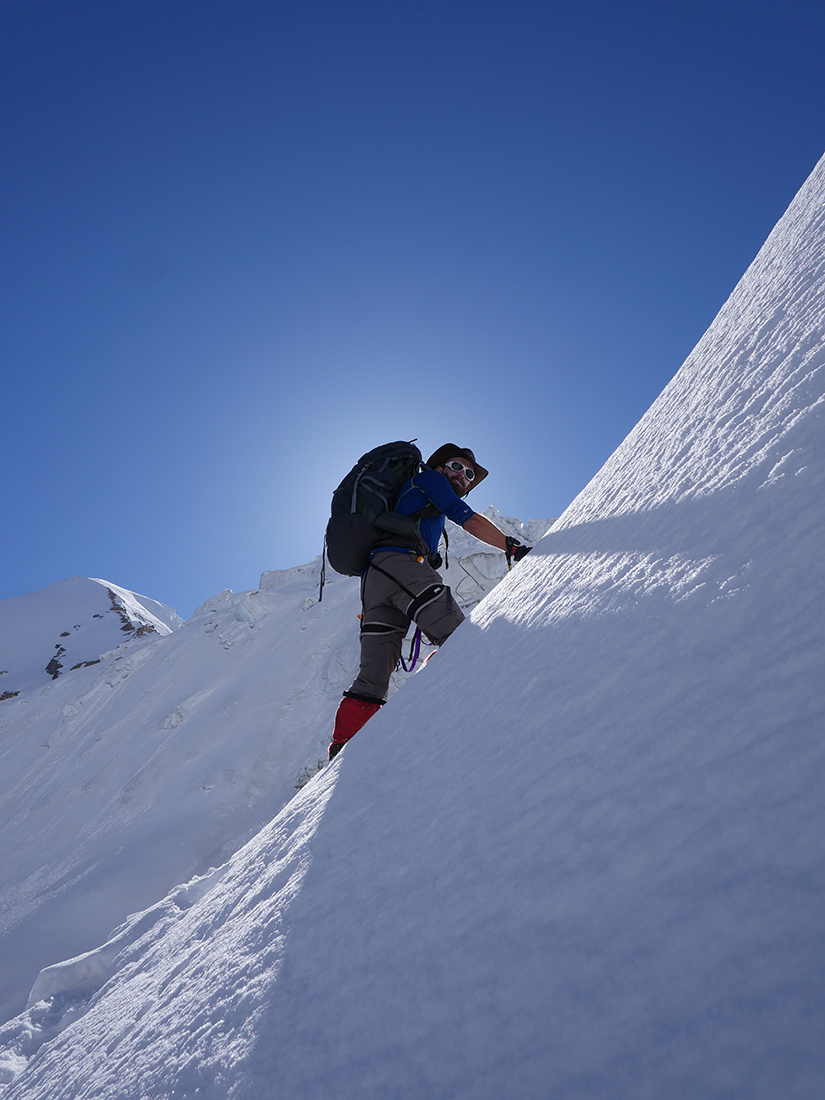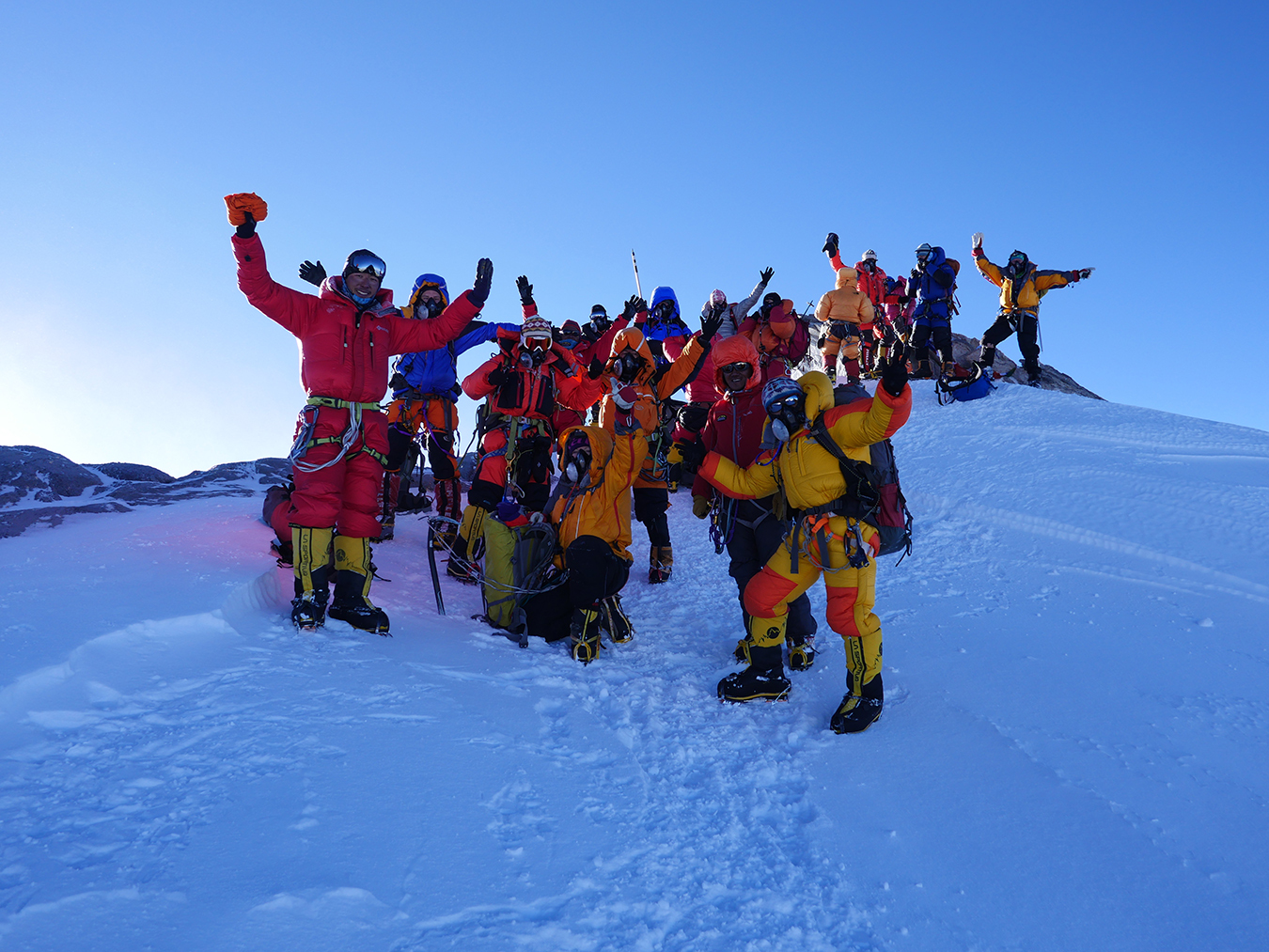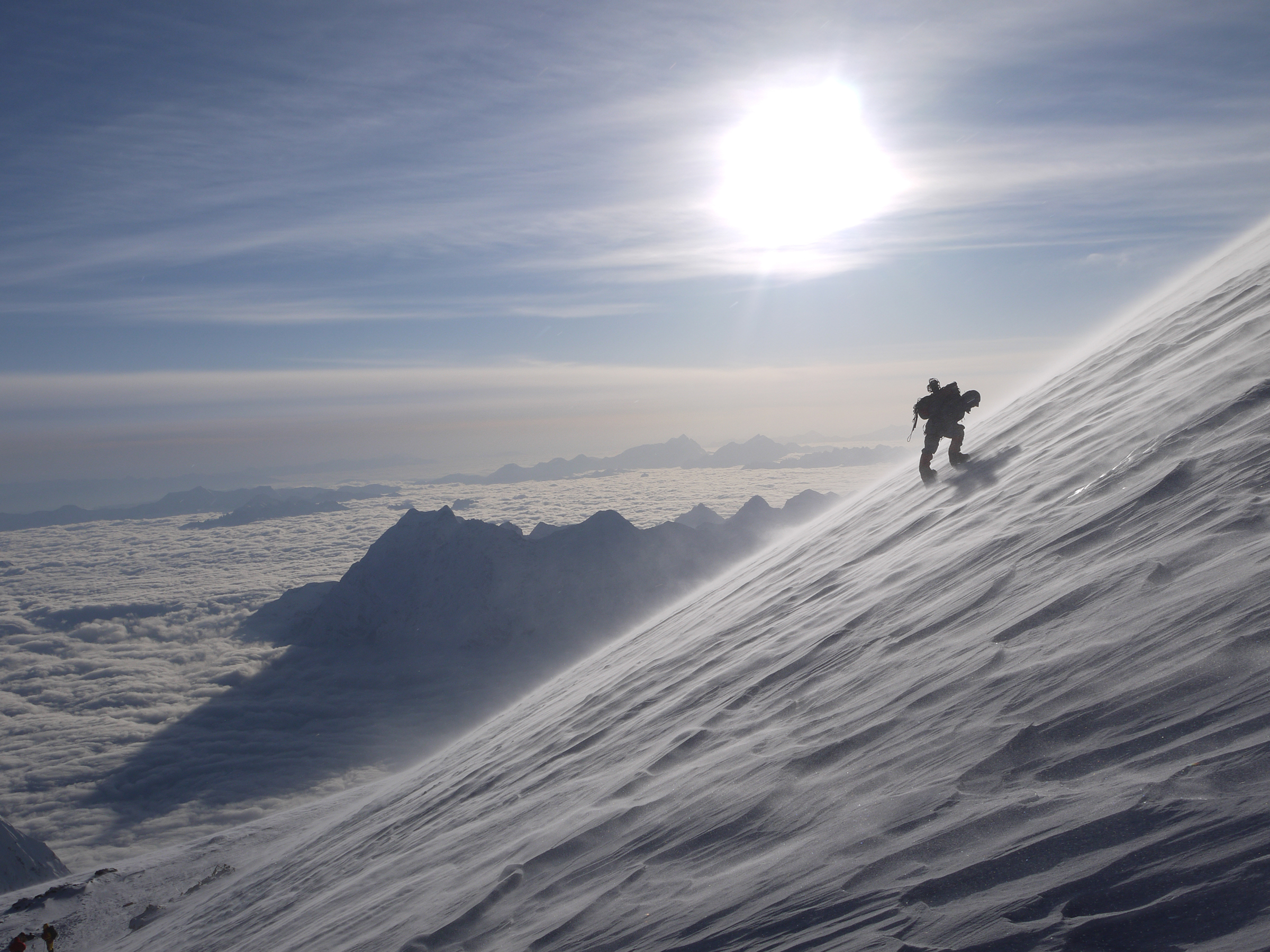
If you’re going to be a mountaineer you’ve got to make peace with the fact that you are going to be a failure, repeatedly.
Over the course of your climbing career you will attempt climbs you won’t get up because you’re (pick one or more) too scared, too weak, too slow, too fast, too early, too late, too tired, too hungry, can’t see, chose the wrong partner, wrong clothes, you’re hungover, forgot the crucial equipment, brought too much equipment, brought too little equipment, toilet paper got wet, weather was too/hot/cold/wet/dry/windy, chose the wrong day/season/time of life and so on.
In fact the list of excuses for your upcoming string of failures is almost endless and over the course of your climbing career you should just about use the entire spectrum of defenses to explain how useless you really are.
But actually, there are times when being a lame useless paranoid failure is exactly the right call even though you can’t properly explain your rationale. I’ve had many an experience (while failing) when I’ve not been able to articulate my reasoning and that `things’ just didn’t seem quite right. And yes, I have used a fair portion of the aforementioned excuses to justify my fallibilities.

In fact, I’ve failed so often that I’ve got myself to a stage in life where I don’t mind failing. If there is a route that is too hard for me and I’m simply not good enough to climb it then I’m good with that. I’m so good at failing that my sense of self-worth is not destroyed by the thought of other people criticising me when I do fail. Now I can even apply this apathetic approach to the rest of my life and while I’m surrounded by type A personalities who are still stuck in the ‘80’s using jargon like ‘goal setting’ I’m blissfully living life without concern that I might be exposed as a failure because in reality I’m really accomplished at it!
This revelation has been spawned through events that occurred to me in the course of my climbing career. I recall once when I was an aspirant guide I turned back on an ascent of Mt Cook while other guides were still continuing onwards and they successfully summited.
While they were comfortable, I was completely uncomfortable with the conditions, in my view it was too warm and I couldn’t say to myself that if I continued with the ascent, that I was making the right decision with the information I had at hand. My poor client was devastated and quite rightfully made a complaint to the guide company and at the time I felt terrible about the whole thing.
Just three years ago a similar event occurred on Mt Manaslu in the Himalayas. A storm laid down a heap of snow and the forecast was indicating an oncoming frontal system that would hit us after only three clear days. This didn’t give us enough time to give the snow slopes leading to high camp time to settle before we would be forced to have our Sherpa team climb the slope to stock the camp in time for us to follow the next day and summit the day after. A golden rule of snow safety tells us that 90% of avalanches occur during or the day after a storm. My experience in the Himalaya has shown me numerous times that the most dangerous time is the day following a storm when the sun has been on the slope only a short time.
There were a large number of groups on Manalsu that season and there was a lot of pressure to get to high camp to summit before the next storm that was forecast to arrive in a few days, which would shut the season down due to extremely high winds. As leader of that expedition I had a choice; I could break my own rules and send the Sherpas up that slope the day after the storm, or I could make a safety conscious choice, even if I wouldn’t be too popular for making it. We knew that other teams would be on that slope next day and there was a chance nothing would go wrong and that people would get up that slope safely and then go on to summit. I told my team that I was going to look either like a sage in their eyes next day if people got avalanched on that slope, or an overly conservative failure if nothing occurred. Well, as it turned out, it was the latter. No avalanche took out the climbers on that slope and no-one died. I was very thankful for that outcome.
But, and here is the guts of it, this was a slope that was known to avalanche (it slid in 2012 and 11 people died) and the likelihood of an avalanche was highest the first day after the storm. It wouldn’t be too much of a push to suggest that the fact no-one did die was more luck than skill (and again, I was truly thankful for their luck).
However, the question in my mind was whether people were still climbing this slope due to a fear of making a conservative call, or because they had no idea of what they were doing, or because they had more information about the state of that slope at the time and therefore knew more about it than I did? (I’m certainly happy to admit failure and learn something) I will never know the exact answer to that question and I suspect there were numerous differing reasons behind their decisions.

Fast forward a couple of years and we are on Dhaulagiri making our summit attempt. The forecasts were projecting winds and snow, but our physical observations gave us no confidence in the forecasts so we climbed to high camp in good weather. Our following summit day was flawless, resulting in our entire climbing team reaching the summit.
The comparison in outcome between these two expeditions was palpable. As climbers, we have to always be prepared to make safe calls. The irony is that if we always make calls that are too conservative, we’ll never get up anything. I know climbers who always pull the safety card and have never succeeded on anything. Sadly I’ve also known plenty who perished because `conservative’ wasn’t in their vocabulary.
The art is when to know to be conservative and when not to. There is no exact answer to this, accidents do just happen in the mountain environment, but as a minimum we should at least be observing the rudimentary and very basic rules around safety. There is an issue when people ignore or don’t know those rules around safety. Doing it once and getting away with it shouldn’t’ make you think you made the right call. Do it repeatedly and you will certainly get spanked.
There is no better measure for assessing hazard than your own observations and a developing healthy respect for history. Carefully observing what is occurring around you at all times will reveal clues as to what is changing in a positive or negative way. Changes in temperature, sunshine and clouds, wind direction and strength, precipitation, snow texture and loading as well as heuristic factors, will all have an effect on the potential outcome of decisions you make and you will be better equipped to make judgement calls if you stay tuned in to these phenomena. There are often clues as to what hazards you are exposed to if you observe closely what is going on around you. Always have an opinion about what will happen next and reflect afterwards whether your call was correct or not.
The historical data you want to know is whether there have been incidents on this slope/face/mountain/similar situation, as the most ignominious failure is to repeat an event that has occurred previously and could have been avoided had you used that history to structure your own campaign. Recent history is important too, keep track of what layers have been laid down in the snowpack through snowfall, humidity and wind events while you are there and try to find out what happened before you arrived.
Failure is a relative term. In this age of expeditioning, there are people that have climbed several of the world’s highest mountains who have succeeded on every climb they have undertaken due to them training appropriately and the efforts of experienced expedition operators to ensure their groups are successful. This trend has the potential to develop a cadre of mountaineers who do not know failure and therefore may not be able to appreciate the need for it at times. I always respect the effort and outlay for someone to be on a big mountain and I am fully aware that failure is painful and depressing after committing so much. Success is fantastic and should always be the end goal. It is the outcome I always aim for but when the stars are not aligned and the signs are clearly indicating one should be operating on the right side of caution it’s a no-brainer – the crux of it is that you have to know what those signs are to be able to make those calls.
